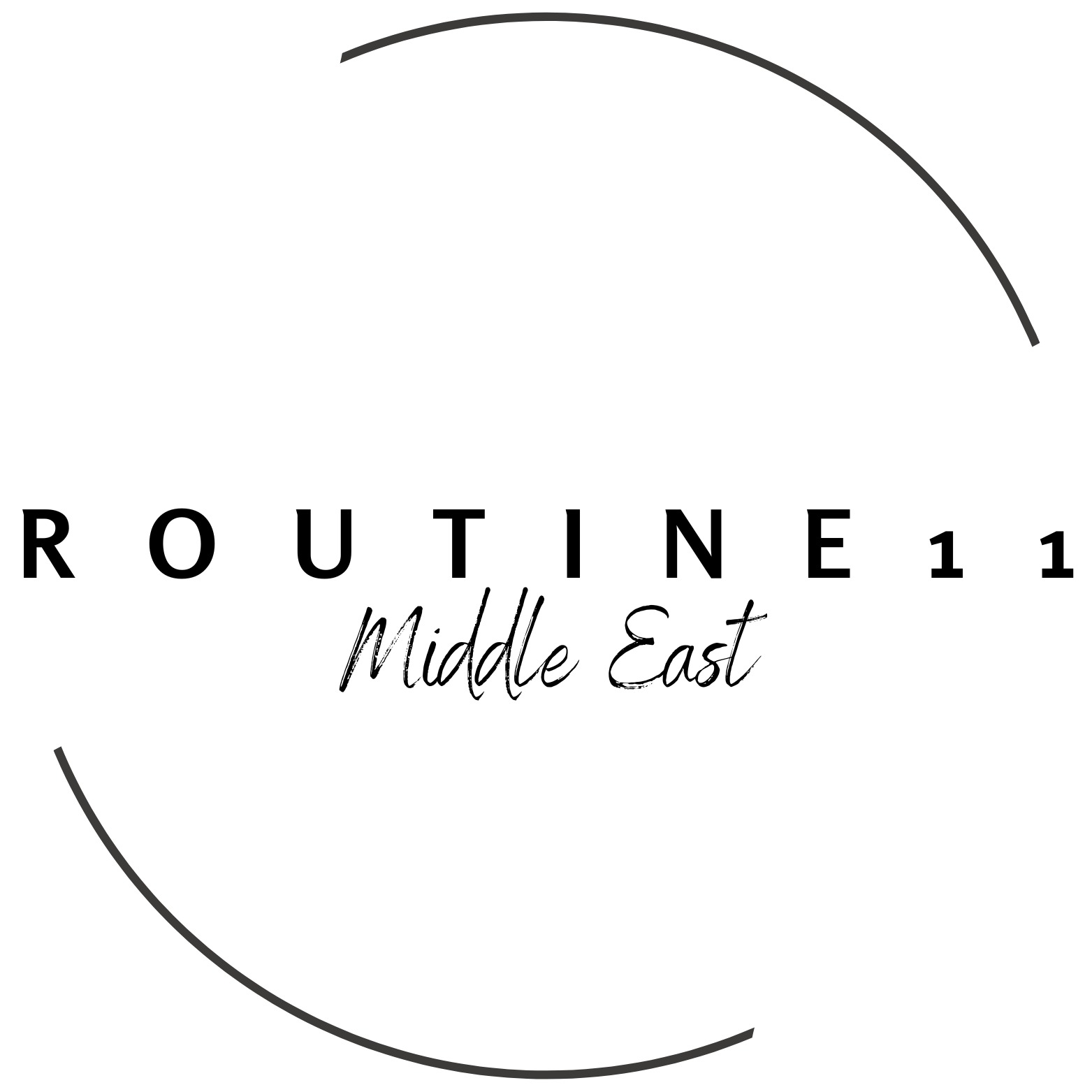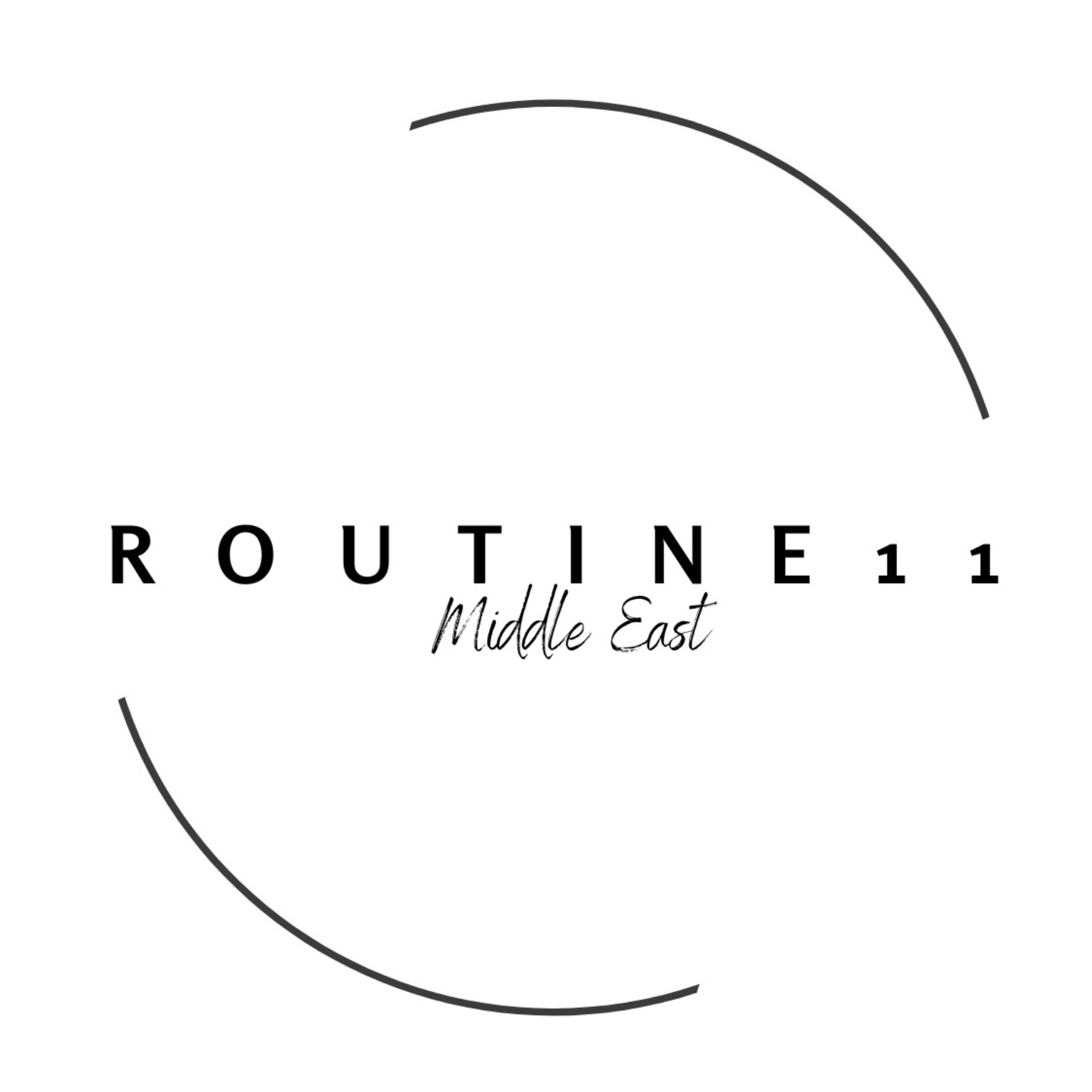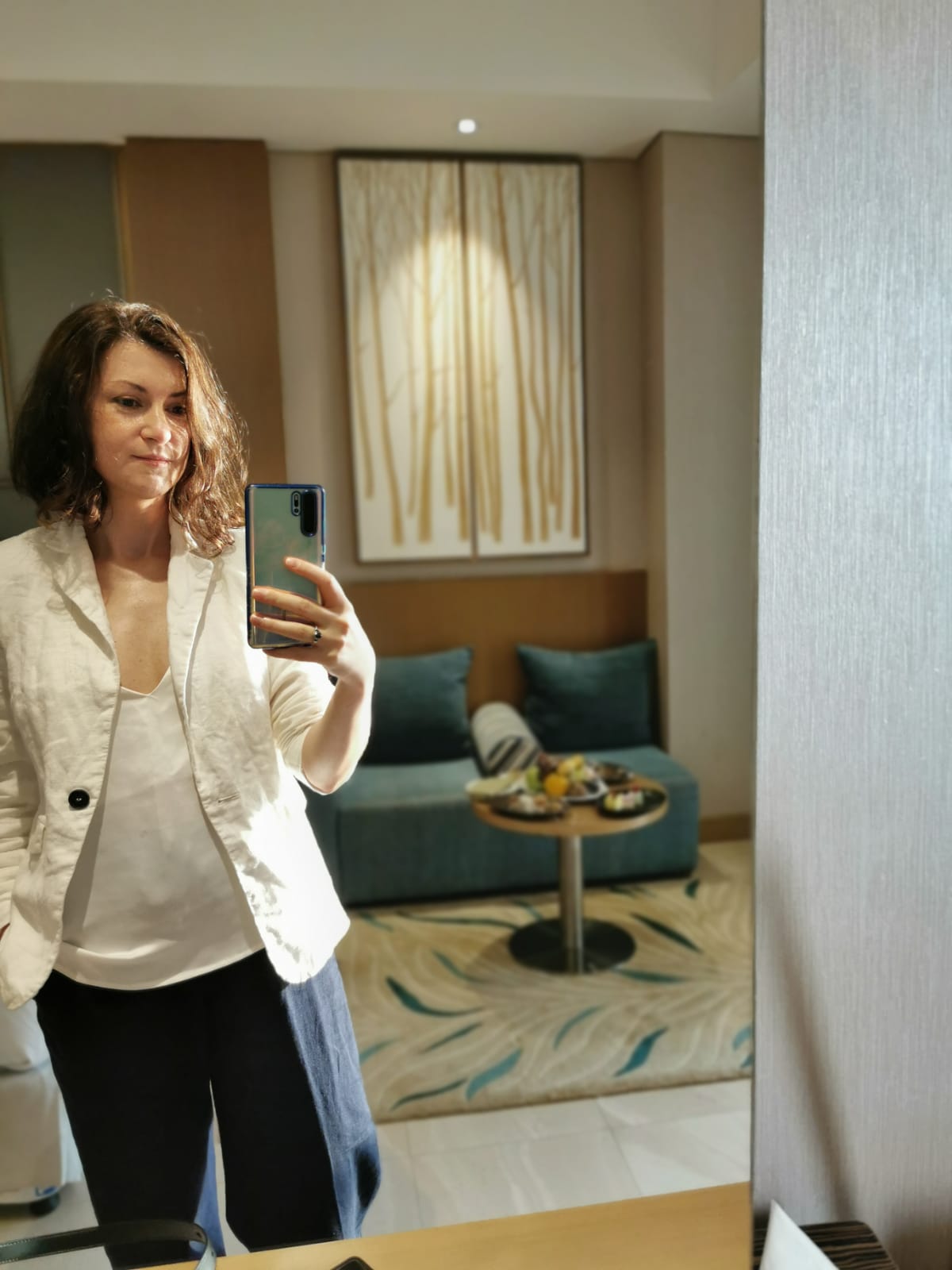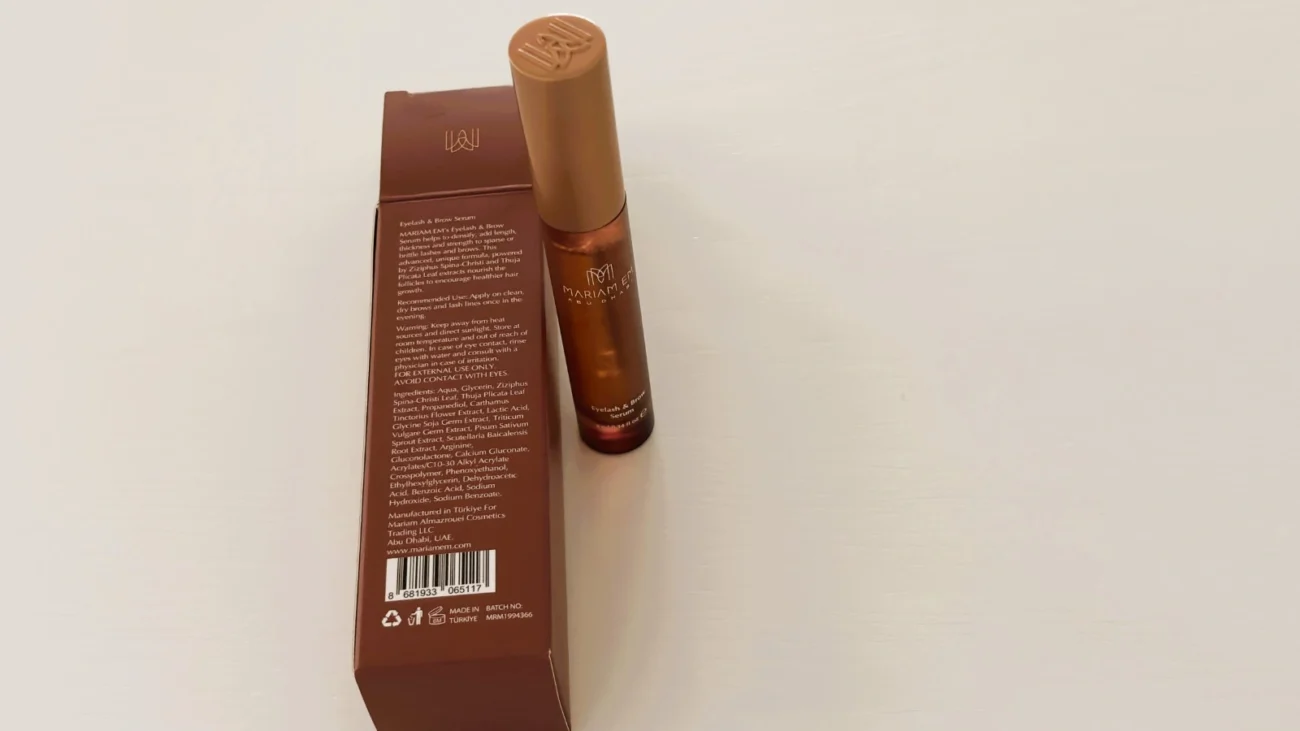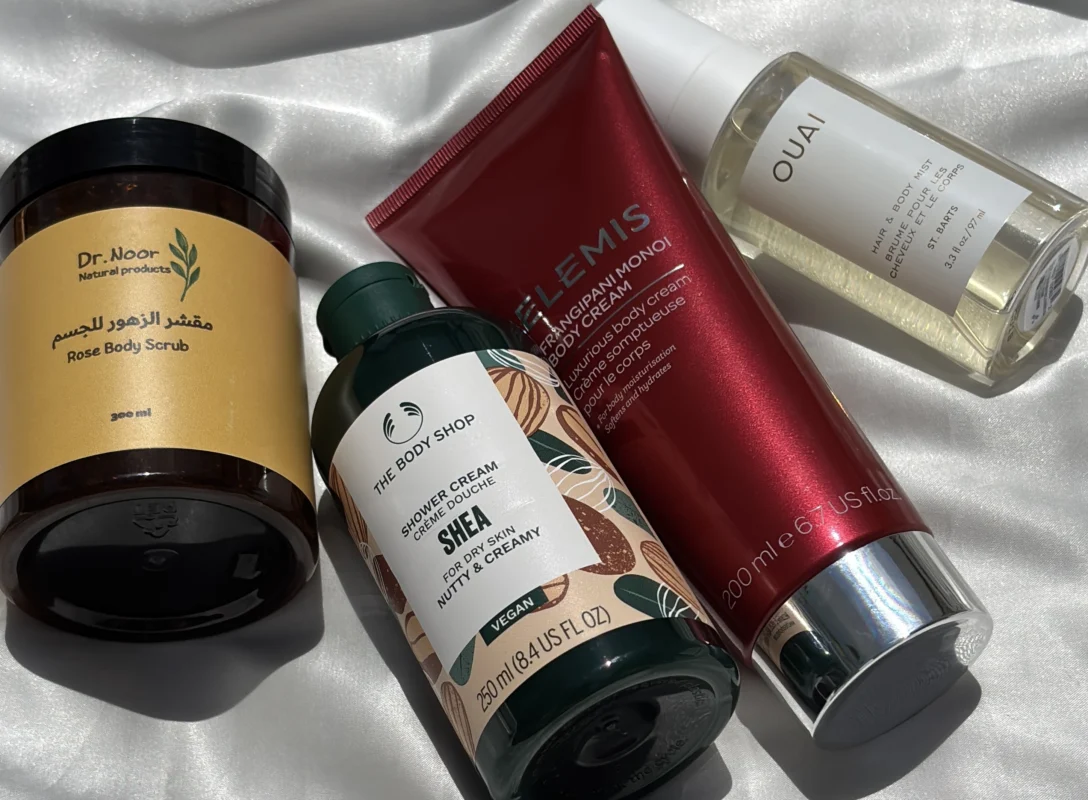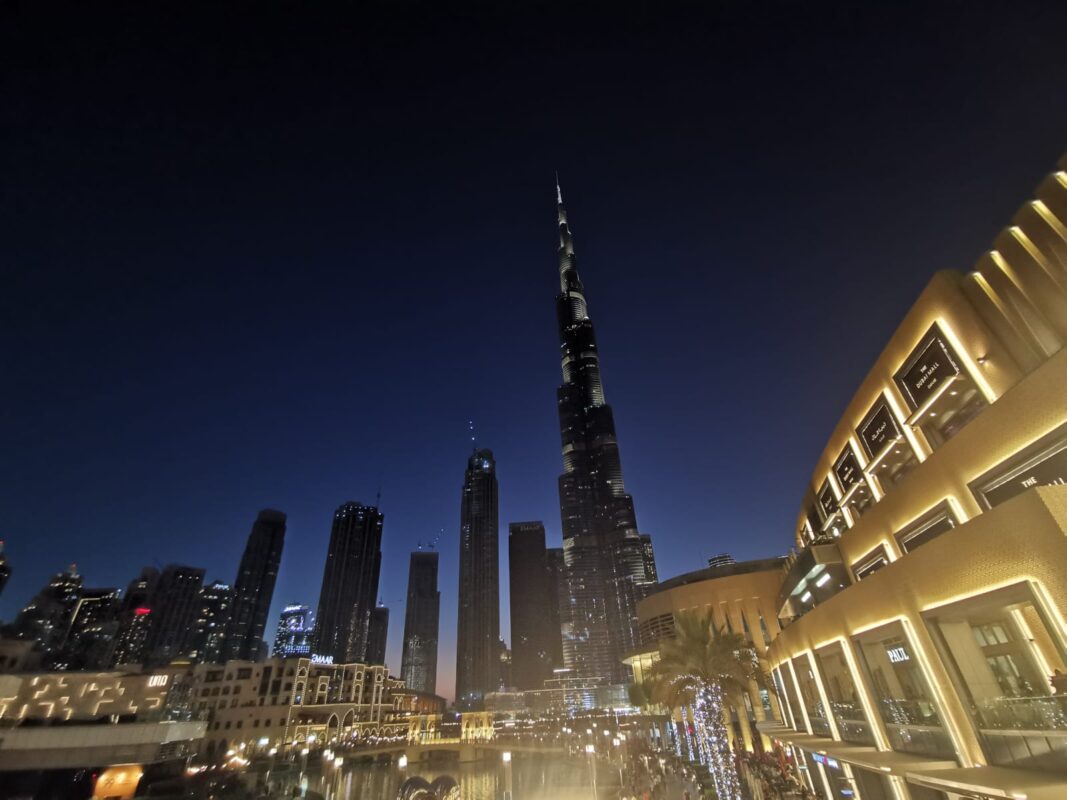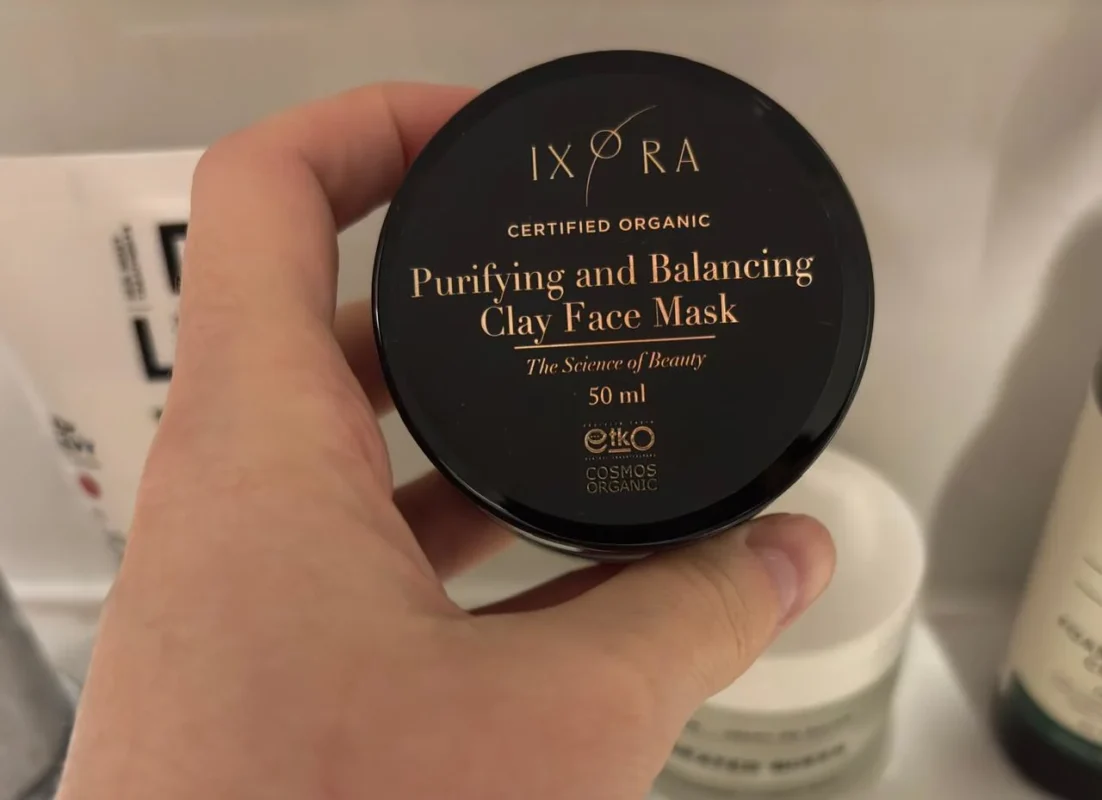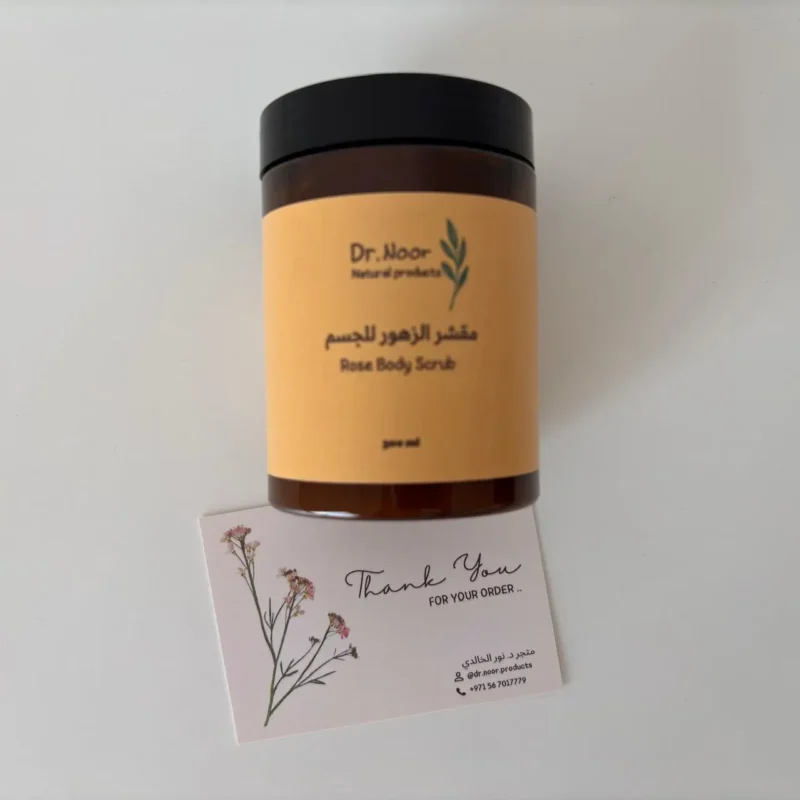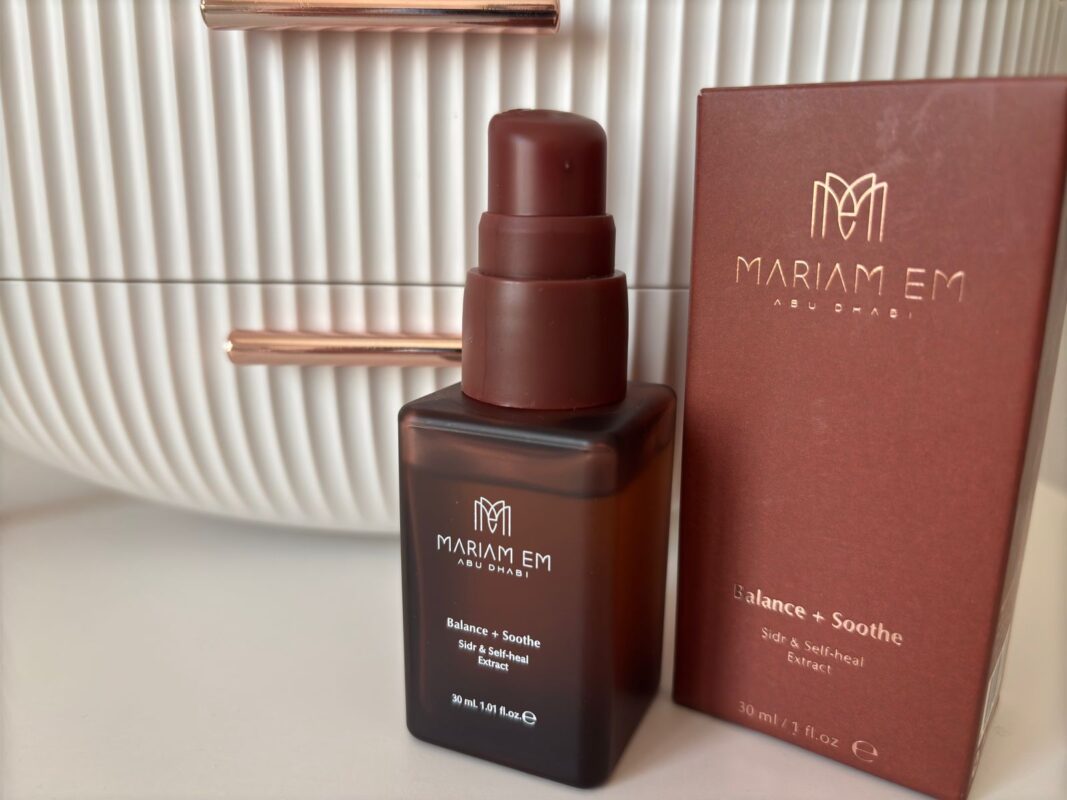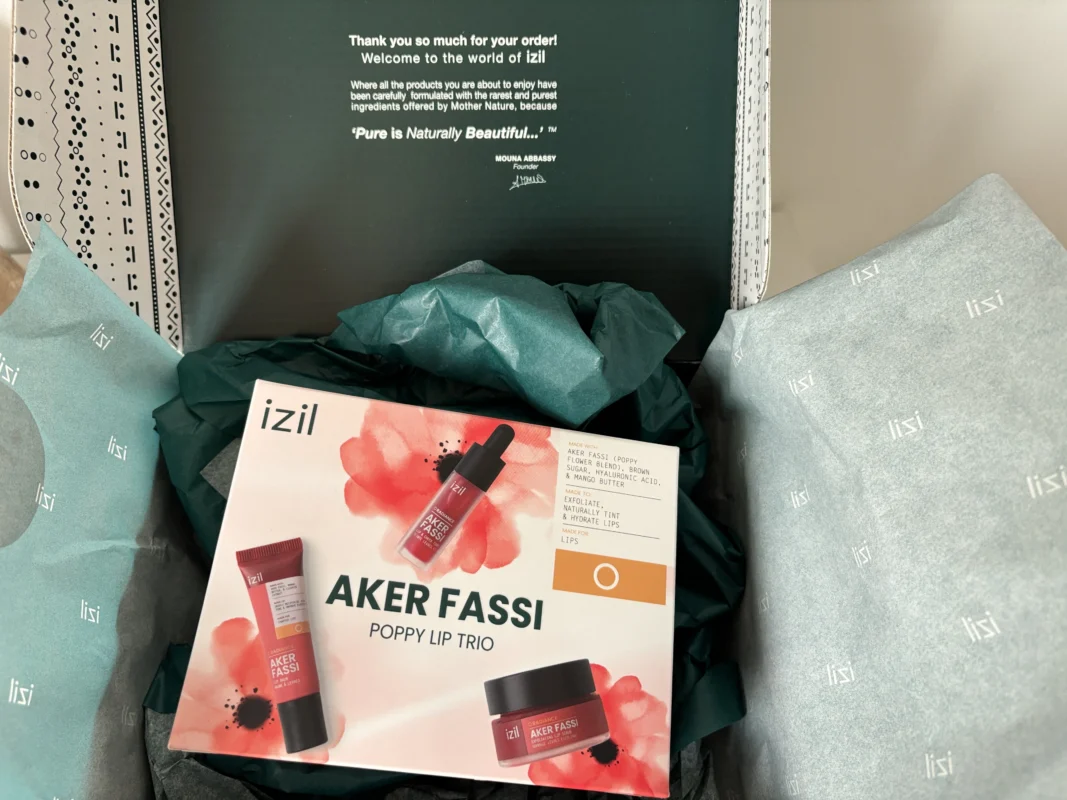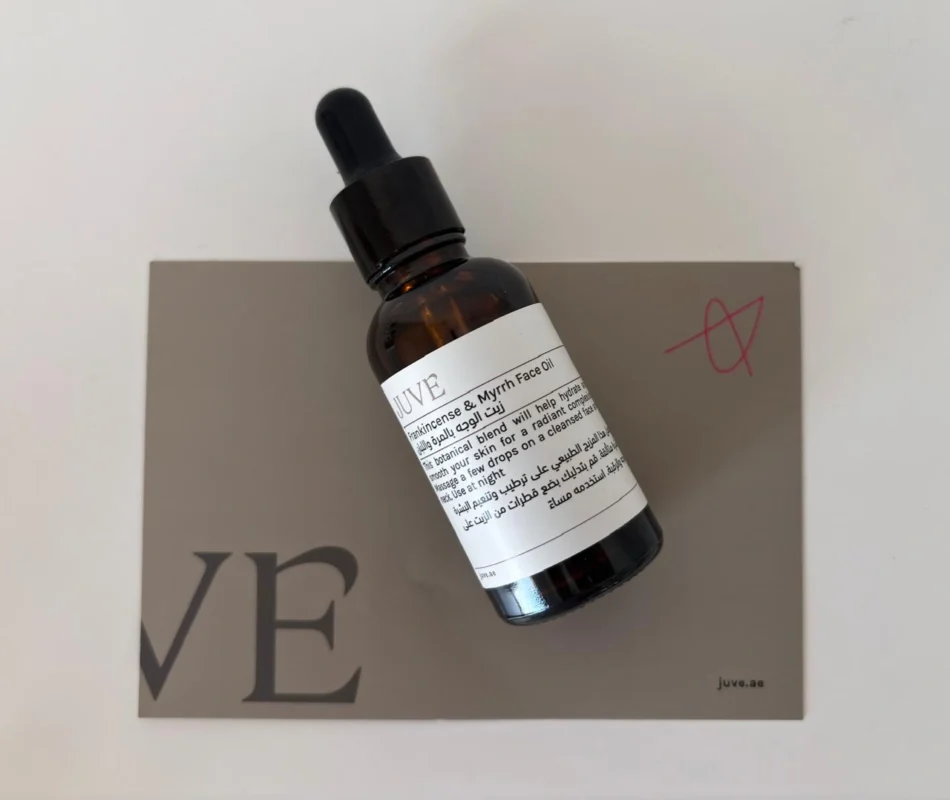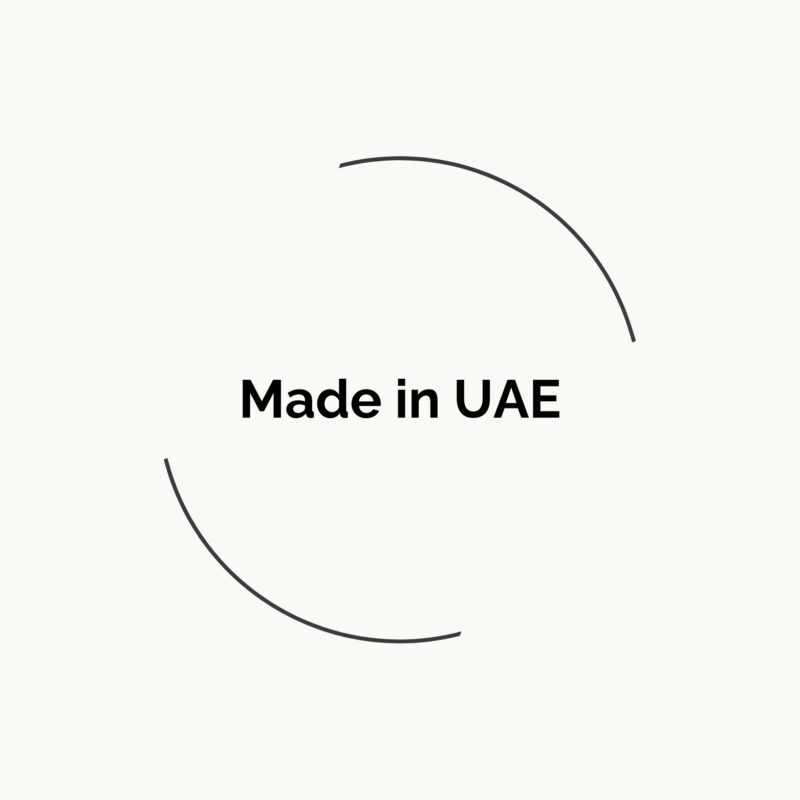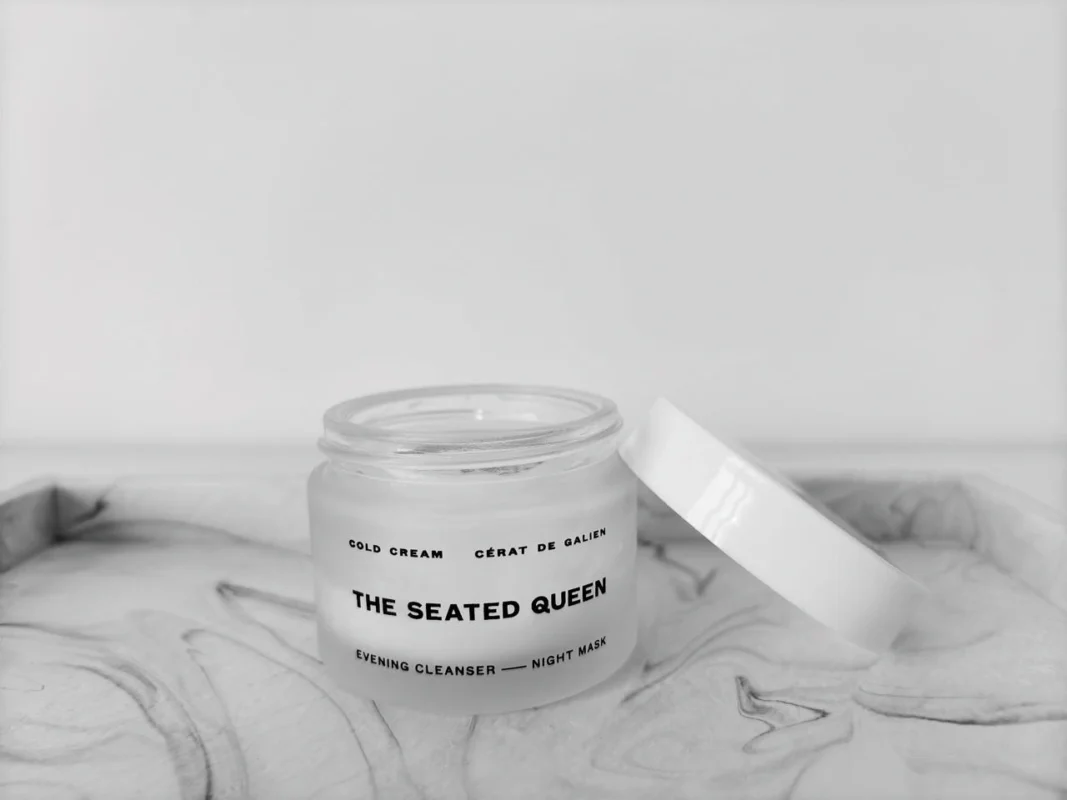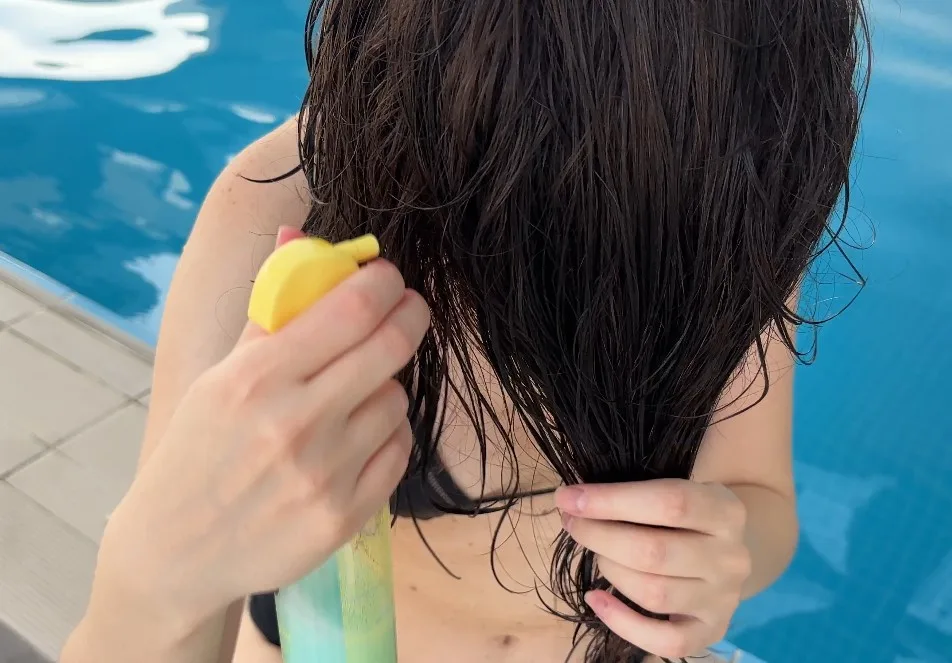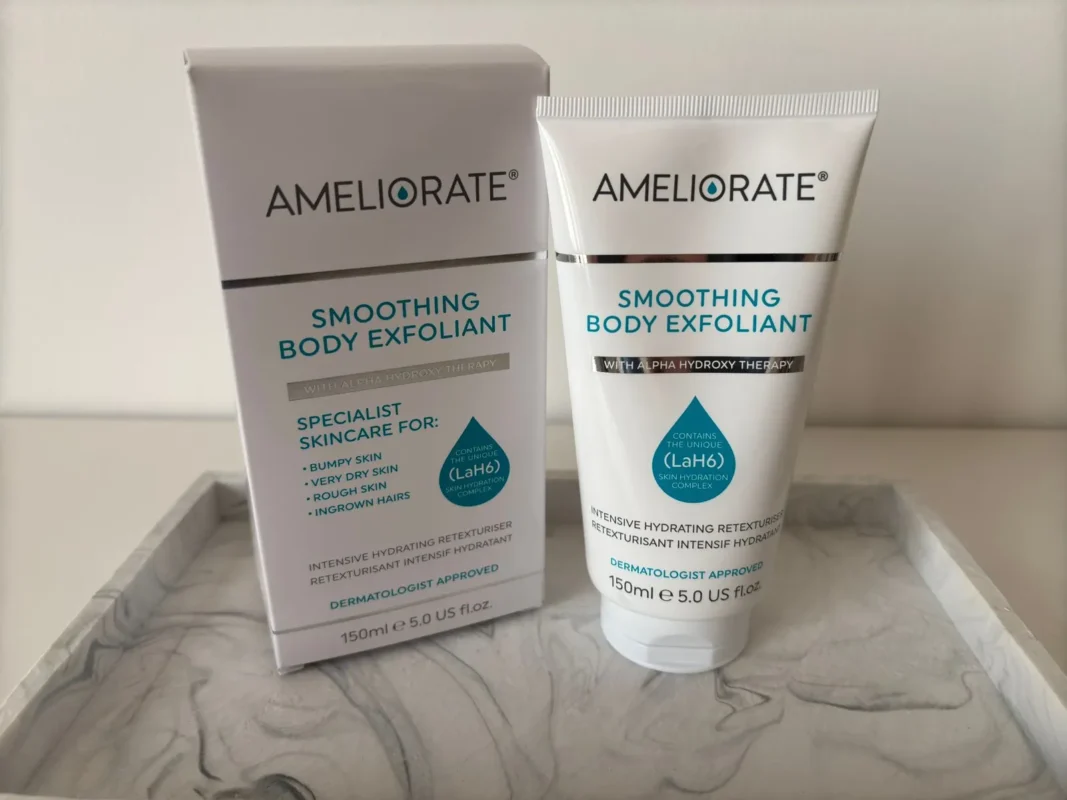The climate we live in plays a significant role in our lifestyle, well-being, and the health of our skin and hair. The differences between European and Middle Eastern climates pose unique challenges and require tailored beauty routines. I’ve looked into how weather conditions in Europe and the UAE weather impact skin and hair care.
I have experienced diverse climates in Europe, ranging from high temperatures in the north to the Mediterranean in the south – some key factors to consider are dry and cold winters. Most European countries experience harsh winters with low humidity and freezing temperatures. This led to seasonal dry, flaky skin and brittle hair.
While living in Europe, my skincare routine was prepared for two major seasons: the hot season, when I was struggling to control the oil production on my face and keep the sun spots away, and the cold season, focusing more on rich, hydrating “everything” with ingredients like hyaluronic acid and ceramides.
Europe’s climate brings changing weather conditions. My skin and hair were adapted to sudden temperature fluctuations and unpredictable humidity. My haircare routine was primarily focused on maintaining nice, glossy, voluminous hair; shampoo and conditioner for Volume were enough. Looking back, it was so easy to maintain healthy-looking, strong hair back on the “Old Continent.”
No matter the seasons, the weather, or the continents, I’m always on hair growth supplements! 🙂
While Europe may not be known for scorching summers, sun protection is always essential. Even in moderate climates, prolonged sun exposure results in sunburn and premature aging. A broad-spectrum sunscreen with adequate SPF is a must. Europe has plenty of trees and nature, so find a nice place to stay out of direct sunlight during the hottest part of the day and protect yourself from harmful UV rays.
The UAE weather
“The situation” in the Middle East is characterized by arid and desert climates with hot summers and practically no winter, with temperatures rarely below 25 degrees C.
UAE weather in the Middle Eastern summers (or should I say just weather? 🙂 ) offers intense heat, low humidity, and prolonged sun exposure, whether you like it or not. This weather helps to increase the oil production of my already too-oily skin 🙁
Of course, more sweat and dehydration, resulting in clogged pores and sun damage. So, from a carefully curated skincare routine for two types of seasons, I have started focusing solely on a hot (scorching hot) season with the aim of carefully curating a skincare routine to protect my skin barrier.
I prioritized lightweight, oil-free skincare products; and focused only on non-comedogenic products to avoid clogged pores. I have started looking at mattifying primers and blotting papers to control shine.
I have started cleansing my face twice daily using gentle cleansers to remove the excess oil and sweat and be more diligent with Vitamin C and exfoliating products.
I protect my hair with UV-protective products and use hats or scarves.
In certain Middle Eastern regions, dust and sandstorms are common. Just when you think your skin concerns are under control, the UAE weather makes a surprise sandstorm delivery.
The new environment I now live in is irritating my skin and hair, causing dryness and sensitivity. My skin barrier is targeted every day. I have included hydrating moisturizers targeting skin barrier repair in my skincare routine, and I am diligent when applying a facial mist throughout the day.
Middle Eastern winters are genuinely bliss, and they have offered me no reasons not to continue with my summer skincare routine.
Sun protection, even during winter months, is a MUST.
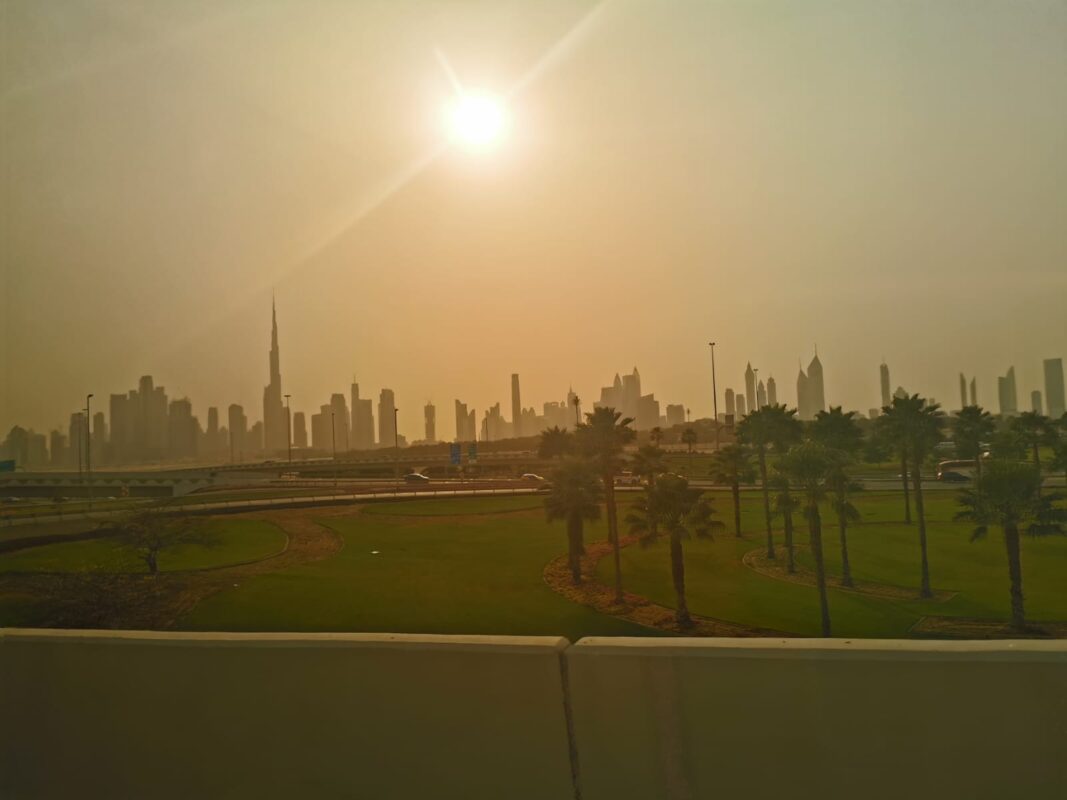
Using heat styling tools on my fine hair was, is, and will always NOT be considered an option. I don’t even have a dryer, and I try to stay away from the thought of buying one. Already as it is, I’m fighting sunrays, dust, AC, sand, hard water, and hot winds. In these circumstances, my hair is just as vulnerable as my skin barrier.
The AC issue in the UAE weather
After being exposed to the scorching summer months when temperatures soar between 45 to 50 degrees Celsius, seeking refuge indoors with the comfort of air conditioning set at a cool 22 degrees Celsius might seem like a savior. Still, the sudden temperature change from the blazing heat outside to the artificial coolness inside also had its say on my skin. The harsh outdoor conditions in the UAE lead to excessive sweating and cause my body to lose vital moisture. When I step indoors with air conditioning set at 22 degrees Celsius, the sudden drop in temperature constricts the blood vessels and reduces sweating, resulting in further dehydration – the results: dry lips, and dry spots on my face. Dry skin is vulnerable to flakiness, irritation, and premature aging.
Drastic temperature changes disrupt the natural balance of oils on the skin’s surface. The extreme heat outside causes the skin to produce more sebum to stay moisturized, while the cold wild blowing from the AC indoors strips the skin of its essential oils. It’s an imbalance that leaves the skin feeling dry, tight, and vulnerable to environmental pollutants.
Stepping indoors from the scorching heat gives you immediate relief but also triggers skin redness and irritation. The sudden temperature change causes blood vessels to expand and contract rapidly, leading to flushed or inflamed skin.
The combination of sweat, excess sebum, and dust particles from the outdoors clogs the pores and paves the way for acne breakouts. The sudden shift to AC further worsens this situation by drying out the skin, making it susceptible to bacterial infections.
The contrasting climates of Europe and the Middle East significantly impacted my skin and haircare routines.
Tailor your beauty regimen to address particular concerns effectively in the new home and weather you find yourself in. Whether it’s combating dryness and cold in Europe or managing extreme heat and dust in the Middle East, adapt your skincare and haircare products and ingredients accordingly. Remember to prioritize hydration and sun protection.
The Founder
If you are an expat in the Middle East facing skin concerns and want to share your story, send us a message at contact@routine11.me
